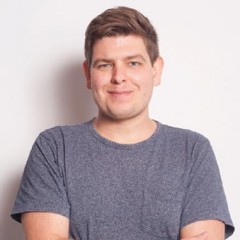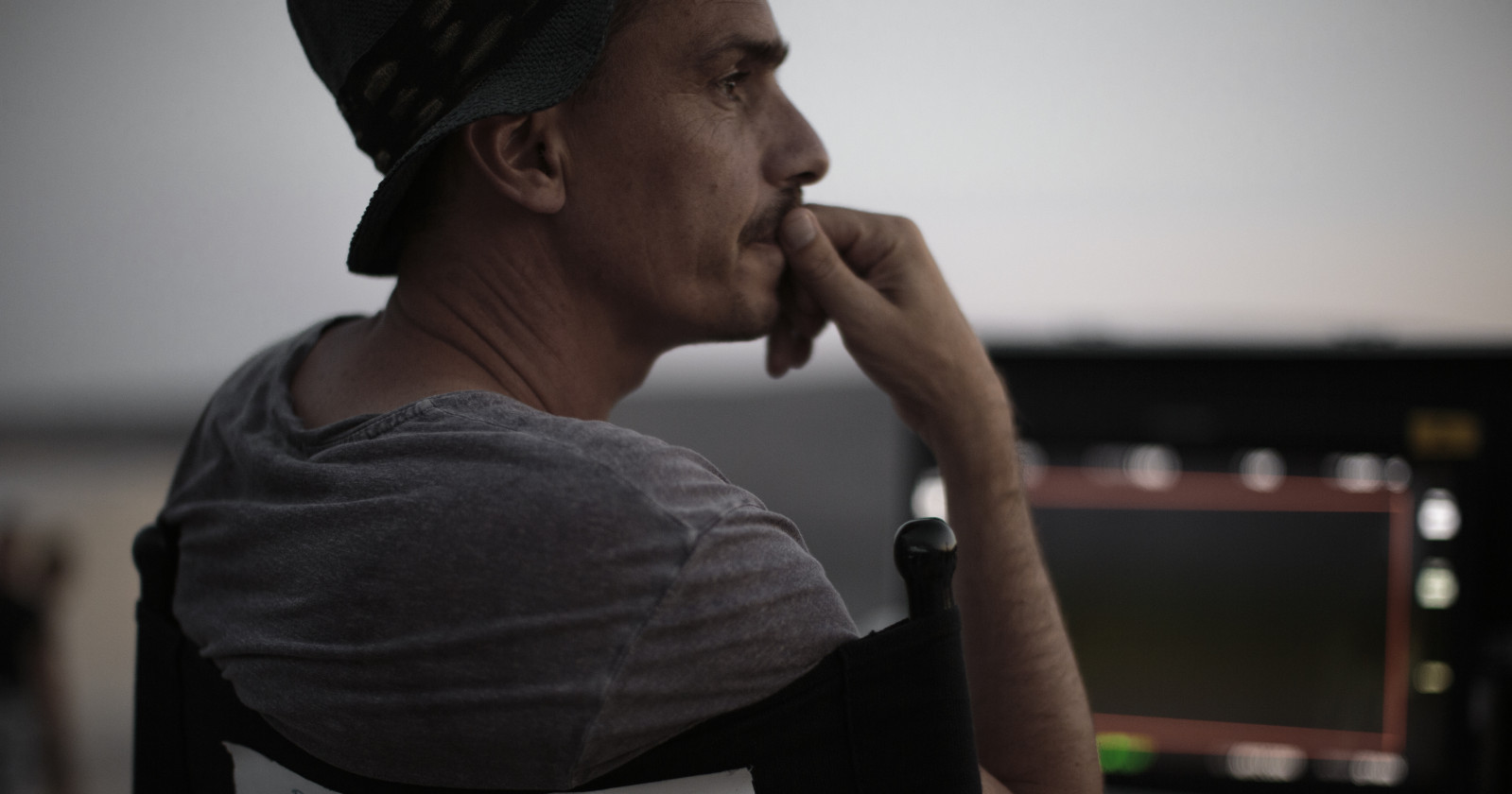
Martin Aamund: I Love to Create Worlds—Even for 30 Seconds13.04.2021
Martin Aamund is one of the most interesting, the most expressive and the most awarded directors in the industry. It’s hard to ignore his work. In a unique way he has the ability to merge realism with surrealism, making commercials visually astonishing, artistically accomplished and set in specific but original universe. Just after Papaya Films announced cooperation with Martin Aamund, we had a conversation with Danish filmmaker. He told us about his craziest works, inspirations behind them, albino ostriches and the inner child which drives Martin the most.
How are you keeping during this crazy pandemic time? Are you working in this new environment—with tests, masks, and stuff?
Martin Aamund: Funny enough, 2020 was a great year for me. As you probably know, a lot of my projects have a certain size, so I can’t pick a new one every 3 weeks. But I started last year quite beautifully—I had some great jobs in January or February and then I went to Bali. My wife and I do it every year—we spend the whole month there, meditate, do yoga, eat healthily and enjoy the sunshine. This is our bubble where we rest and charge our batteries for the next months of work. So when the pandemic hit the world, we didn’t realize it. We were sitting in the lotus position, meditating, and came back in one of the last planes before the governments locked down airports. I was very busy in the summer, with working and traveling all over the world, until Christmas and the second lockdown. And lately, there was also a lot of work—I just came back from Cape Town and now I’m working on a few treatments, scripts, and doing some pitching. But I have to say—the period when I had to isolate myself again was very peaceful. It was a beautiful moment knowing that everybody else is also taking it easy. If you have to do it and you know everybody else is busy, you think that you are missing out on some shit. But here, the whole world was sort of having to step back.
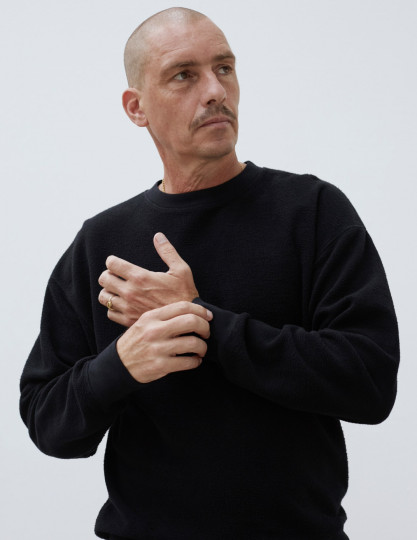
Yesterday I was watching some of your best works. Well, to be honest, I invented a game, in which I was showing my girlfriend some commercials you made, but without telling her who the client was. She guessed a few—like T-Mobile, connecting the dots with the characteristic magenta color they use. But most of the time, like with Penny Organic Food, the company behind the ad is revealed at the very end. Is it hard to persuade a client to have a go with such a commercial?
In most cases, when you cannot guess the brand or when the ending is a bit surprising, it’s not a good sign. Most companies want the viewer to immediately know the brand—by the melody or a certain visual theme. That’s the most common thing we do in advertising. But I guess there’s also something valuable about surprising people. Penny wanted to make some noise because they were putting a lot of energy into this whole new organic thing. Usually, when you see Penny supermarket in the landscape you’re not thinking too much about it. But this commercial? “Holy shit! What’s this?!” So the surprise works in this case. Is it just a wonderful thing that we do? Everything is different. Sometimes you want people to guess what it is, other times you don't (laughter).
You create your original worlds in your commercials. Are you the author of every idea we see on the screen?
Yes, and it’s something that I’m a little bit proud of. Nowadays it seems like all the agencies are interested in getting my signature or artistic thumbprint on their projects. It allows me to suggest creative input. I love to create worlds, moods, feelings—even for just 30 or 60 seconds. This moment of creating the world, addressing it with the right music and the sound is a big part of what I do.
Let’s talk about this “footprint” and your directorial style. When I observe your works, I think of visionary filmmakers like Tim Burton, Wes Anderson, Jean-Pierre Jeunet, or Michel Gondry. Do those names mean something to you? What drives your work?
People like me, with 30-plus year careers, are usually inspired by certain names. For me, it was Gondry, Spike Jonze, or Jonathan Glazer. I wanted to be like Glazer, he was the coolest. And those guys I mentioned are also dreamers—and this is also how I perceive myself—a man who never really lost contact with his inner child and who uses his vivid imagination. I think imagination is one of the things that drives me the most now. I don’t watch a lot of other people's commercials, except maybe some reels and stuff made by my DPs. I consider myself to have my original style. Ok, sometimes I try new ways of inspiration. Do you know Mubi? You can watch these independent movies there, also new stuff made by this next generation. It’s interesting to watch the kindergarten kind of stuff, you know? (laughter).
You’re talking about your style. Do you worry sometimes that you can copy other works, even unconsciously? I watched your Sky commercial and remembered this Juan Cabral’s famous Sony Bravia commercial, with colorful balls. Needless to say, there are some similarities between them.
Yeah, but funny enough, working on the Sky project with the balloons I never considered watching that one, so I promise you I wasn’t inspired by that (laughter). But the one thing I was inspired by was a short film The Yellow Balloon from 1952 I saw when I was a kid—it made a huge impact on me. So when this whole concept of balloons came up, the first thing I thought of was that film. So what you see in this Sky commercial is very true to who I am.
How do you do commercials like this? There must be some CGI, but did you use real balloons too? Did you release them in the sky? Or another one: Party Poker commercial. I know those explosions were fake, but what about decks of cards blowing in the sky?
Oh my God, I think we had 1,5 million cards on the set. We created these big cannons with pressured air and we had 3 or 4 cherry pickers. The wind was changing all the time. Whenever we'd set up for a shot, they'd blow into the background (laughter). But yeah, there is also a big amount of CGI there. With balloons there was another case—we had only a couple hundred balloons which had to be tied to the fishing wire. You cannot just send plastic in space and don’t know where it lands. But it does make sense actually—if you send 200 balloons in the air in one shot, you can easily pull them back and do it again.
Do you remember any situations on the set when you had a completely crazy idea for a shoot, almost an impossible one to make?
Yeah. Once there was a situation in Party Poker. I wanted an albino ostrich and a guy riding on it. But my producers, with whom I work a lot, are quite used to my weird ideas. There’s a big difference between producers who immediately say “no, it cannot be done” and the ones that always reply “let see what we can do”. A lot of achievements can be done if you try and these guys, especially this one guy, a German producer, did it—he went out and got me an albino ostrich and we made it happen. When I was a child, I would dream about doing these kinds of things. Now I think about this big rare bird and it becomes a reality.
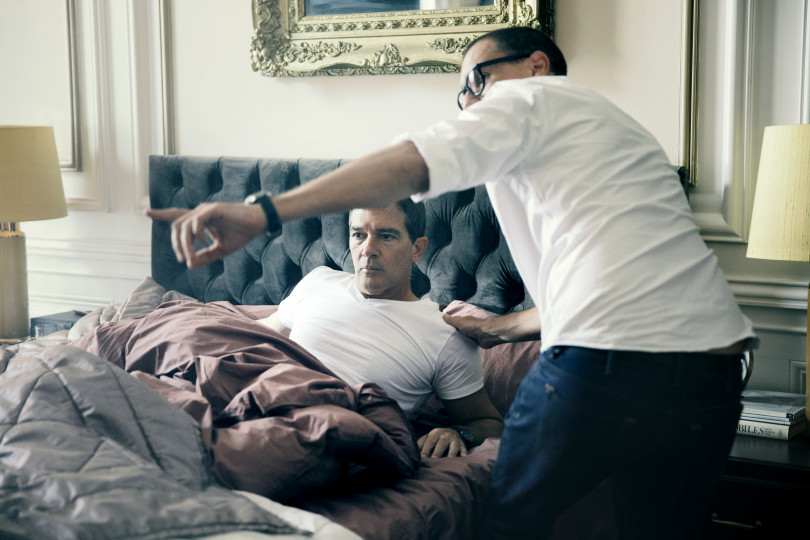
Everything is made fast today. Movies are short and there are even platforms for micro-length content. Your commercials, like that one for Turkish Airlines, are mostly large-scale, few minutes long, and monumental. How long does it take to make an ad like this?
For this one, we traveled around the world, I even forget how many different places we visited, but a lot. Usually, we have one month from winning a project until the shoot. And pretty much I spend that month making things better and challenging them—like getting ostriches or dyeing chickens for T-Mobile (laughter). I never say in the beginning: "OK, here’s the script, this is a shooting board and that’s what we’re gonna do". The process is always fascinating and organic; it moves all the time.
One of the easiest ways to destroy a good idea is to make a bad call on casting. You don’t seem to have that problem—I saw your San Pellegrino commercial. Do you have a special casting crew who does this work?
I’m happy that you noticed it. I spend so much time finding people for my commercials. It’s often a combination between actors and street casting. This San Pellegrino shoot was an amazing experience. This is one of the biggest brands in Italy and Italians are very proud of it. There wasn’t a San Pellegrino commercial for years, so when they announced it and people found out that we want to shoot in Italy, it was in all newspapers, websites, and on TV. Everybody knew that it is directed by this Danish director Martin Aamund, so when we were scouting all over Sicily, people were shouting from the windows: “Ciao Martin!” So we put ads everywhere: at the local baker, school, post office, etc. and these roles went to people who wanted to be in it and put a heart into it. Thanks to Italians, it all came together very nicely.
You mentioned that you've been working in the industry for more than 30 years. Do you feel this business has changed a lot since you started?
It is changing all the time. And thank God for that. Life is all about transforming from one thing to the other. It’s interesting to have been doing it for as long as I have because you kind of see how certain things improve and other things not so much. It’s not long ago when we shot everything on film. When you shoot on film, there’s a certain discipline that needs to be obtained or maintained. You cannot just point your camera in every direction and then forget to turn it off. It’s so funny to talk to film crews and DPs or work with very young directors who haven’t touched or seen a film camera before. They don’t know what they want but they cover themselves by shooting more material. When we shoot and we know we've got it, we say “stop”. Then we move on to the next one. And we trust ourselves that that’s the take, that we’ve got everything we need. But also clients nowadays are different. They ask if it is possible to “do some more”. And I always have to reply: “no, why?”. Especially when we’ve got exactly what we need and we only need one for the final cut. So that is one thing that changed a lot—the whole discipline and culture on how to manage and behave on the film set.
Would you like to direct a movie or TV series?
Yeah, I've had quite a few non-commercial projects laying around in my drawer. But I’m very careful with saying those things. I often hear people say things like “I’m directing commercials but also writing a script because doing commercials it’s not cool enough”. Honestly, I don’t think so. For me, making commercials is also great. I’m still excited every time I've got to do a fun project and I’m not finished with it. It’s almost like I'm getting mature to be ready for a feature. It might be a little late but I don’t care. In my mind, I'm still 18 and if I'm 53 in reality, it’s the time where I feel that I’m ready. I’m curious what I can do with it.
see also
- Papaya Young Creators: Unlock Your Potential. The Renowned Competition to Relaunch Under a New Name and Tagline
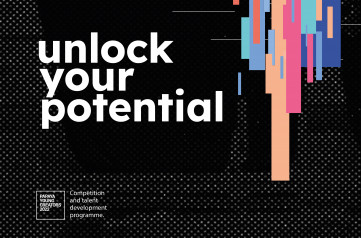 Papaya Young Directors
Papaya Young DirectorsNews
Papaya Young Creators: Unlock Your Potential. The Renowned Competition to Relaunch Under a New Name and Tagline
- Damon Krukowski | Time is Flexible
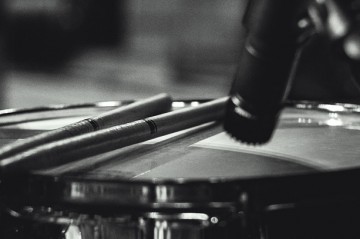
Trends
Damon Krukowski | Time is Flexible
- Vathana Suppiah: Small pockets of time
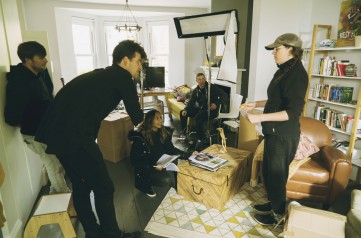 Papaya Young Directors
Papaya Young DirectorsPeople
Vathana Suppiah: Small pockets of time
- Like a Loaded Weapon. See Felix Umarov’s "Eden"
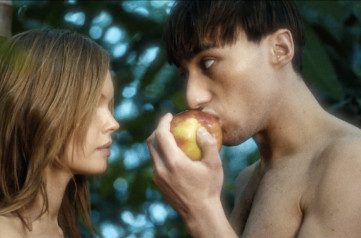 Papaya Films
Papaya FilmsNews
Like a Loaded Weapon. See Felix Umarov’s "Eden"
discover playlists
-
David Michôd
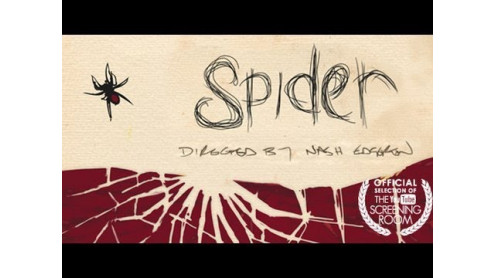 03
03David Michôd
-
Cotygodniowy przegląd teledysków
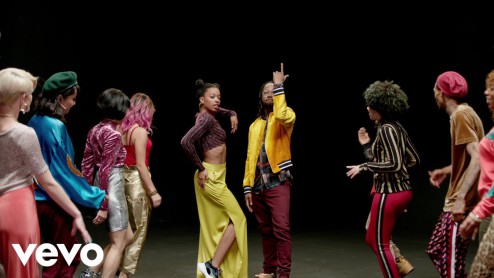 73
73Cotygodniowy przegląd teledysków
-
Seria archiwalnych koncertów Metalliki
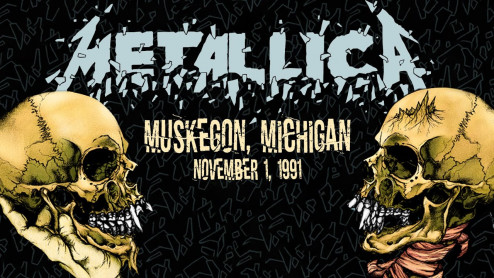 07
07Seria archiwalnych koncertów Metalliki
-
Music Stories PYD 2020
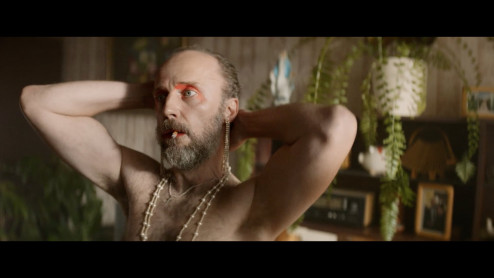 02
02Music Stories PYD 2020
